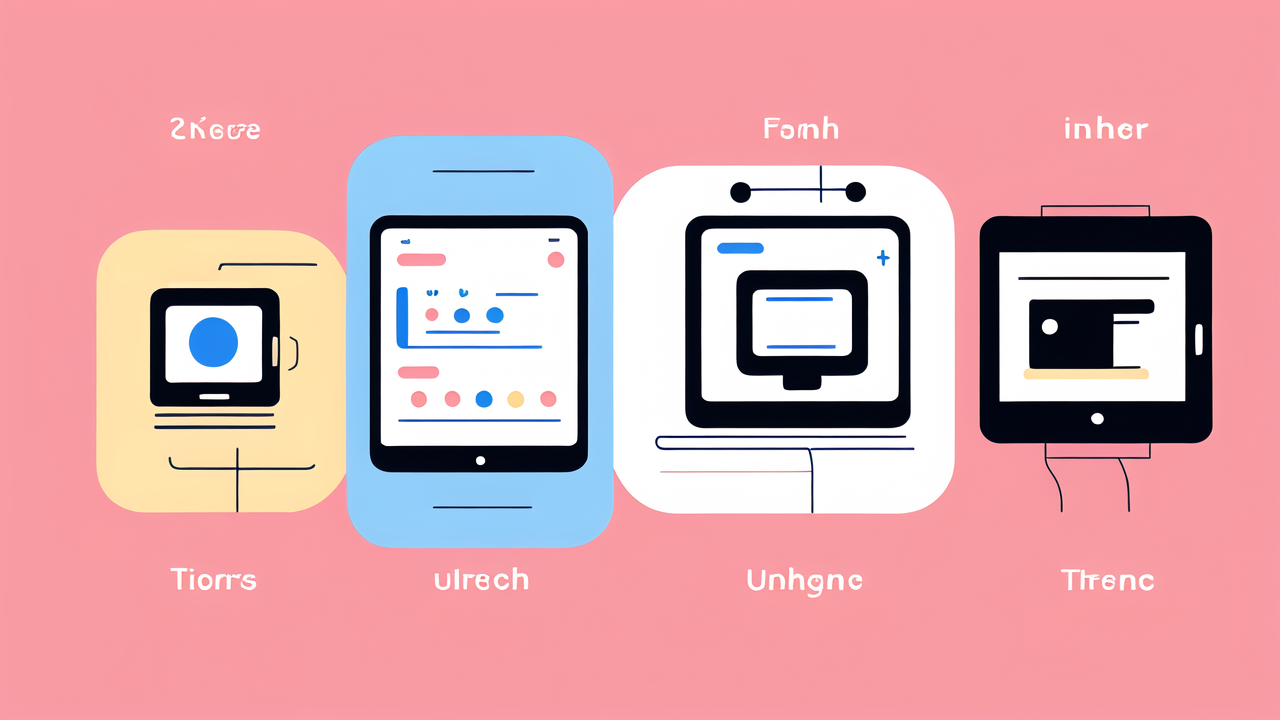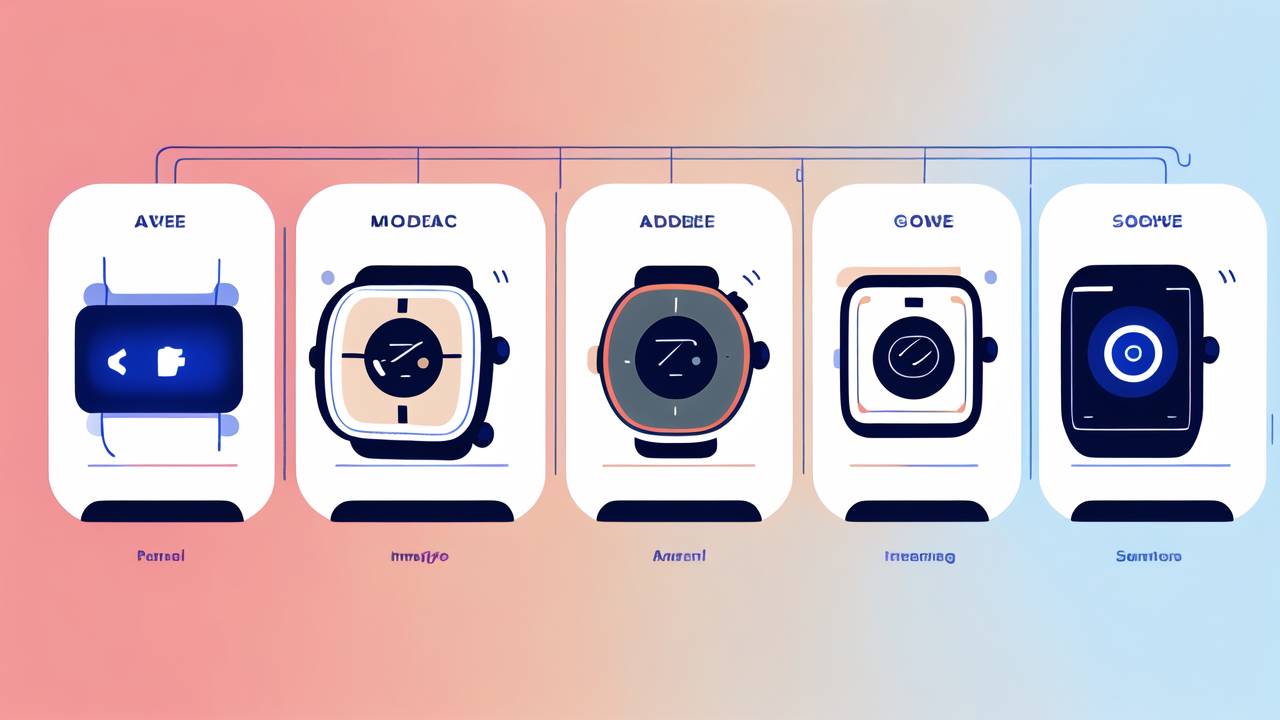Understanding the Evolution of the Smart Pro Watch in the United States
The Origins of the Smart Pro Watch
The smart pro watch journey began in the early 2010s. Tech giants saw potential in wearable tech. They aimed to make watches smarter. The first models were basic. They could show notifications and track steps. But they lacked style and had poor battery life. Still, they sparked interest. People saw the promise of having a mini-computer on their wrist. This led to rapid development. Companies invested heavily in research and design. They wanted to create watches that were both smart and stylish.

Technological Advancements Over the Years
Smart pro watches have come a long way since their inception. Early models had limited features. Now, they're powerful devices. Processors have become faster and more efficient. Displays are sharper and more vibrant. Battery life has improved significantly. Many watches now last several days on a single charge. Sensors have also advanced. They can track heart rate, sleep, and even blood oxygen levels. Software has become more intuitive. Apps are more diverse and useful. These improvements have made smart watches more practical for daily use.
Comparative Analysis: Smart Pro Watches Today
Today's smart pro watches are leagues ahead of their predecessors. They offer a wide range of features. Many can make calls, send texts, and access the internet. They track various health metrics. Some can even detect falls or irregular heart rhythms. Compared to traditional watches, they're far more versatile. However, they still have drawbacks. Battery life is limited compared to regular watches. They require regular charging and updates. Some people find them too complex. But for many, the benefits outweigh these issues.
Evaluating the Functionality of Smart Pro Watches
Advanced Features That Set Smart Pro Watches Apart
Smart pro watches offer features that traditional watches can't match. Here are some key capabilities:

- Health tracking: Monitor heart rate, sleep, and activity levels
- GPS navigation: Get directions right on your wrist
- Music control: Play, pause, and skip tracks without touching your phone
- Voice assistants: Use Siri, Google Assistant, or Alexa hands-free
- Mobile payments: Pay for purchases with a tap of your watch
- Emergency SOS: Call for help quickly in dangerous situations
- Customizable watch faces: Change your watch's look to suit your mood or outfit
These features make smart watches more than just timekeepers. They're personal assistants, fitness coaches, and safety devices all in one.
The Impact of Connectivity on Daily Operations
Connectivity is a key advantage of smart pro watches. They sync with smartphones to provide seamless access to information. Users can receive notifications without pulling out their phones. This can be less disruptive in meetings or social settings. Many watches allow users to respond to messages directly. Some even support cellular connectivity. This means they can function independently of a phone. This is useful for runners or swimmers who don't want to carry a phone. However, constant connectivity can be overwhelming for some users.
Battery Life and User Experience Considerations
Battery life is a critical factor in smart watch user experience. Most smart watches need charging every 1-3 days. This is a stark contrast to traditional watches that can run for years. Frequent charging can be inconvenient. It's especially problematic for sleep tracking. Some users find it disruptive to remove their watch at night. However, charging technology is improving. Some newer models can last up to a week. The user interface is another important consideration. Early smart watches were often clunky and hard to navigate. Modern versions are much more intuitive. Still, they have a learning curve compared to simple analog watches.
The Future of Timekeeping: Smart Pro Watches vs. Traditional Methods
Market Trends and Consumer Preferences
The smart watch market is growing rapidly. More people are embracing these devices. However, traditional watches still have a strong following. Some consumers prefer the simplicity and style of analog watches. Others value the craftsmanship of high-end timepieces. Smart watch makers are responding to these preferences. They're creating models that look more like traditional watches. Some offer hybrid options with analog faces and smart features. Price is also a factor. While some smart watches are expensive, many are affordable. This makes them accessible to a wide range of consumers.

The Role of Smart Pro Watches in Professional Settings
Smart pro watches are finding their place in professional environments. Many businesses see them as productivity tools. They allow quick access to important notifications. Some companies use them for time tracking or employee safety. In healthcare, smart watches can monitor patients remotely. However, there are concerns about distraction and privacy. Some workplaces have policies limiting smart watch use. As the technology improves, we may see more acceptance in professional settings. The key will be balancing utility with professionalism.
Potential Integration with Smart Home Ecosystems
Smart pro watches are becoming part of larger smart home ecosystems. They can control smart lights, thermostats, and security systems. This integration makes home automation more convenient. Users can adjust settings with a tap on their wrist. Some watches can even unlock doors or start cars. As smart home technology grows, watches may play a bigger role. They could become central hubs for controlling our environments. However, this also raises concerns about security and privacy. Manufacturers will need to address these issues to gain consumer trust.




Leave a comment
This site is protected by hCaptcha and the hCaptcha Privacy Policy and Terms of Service apply.